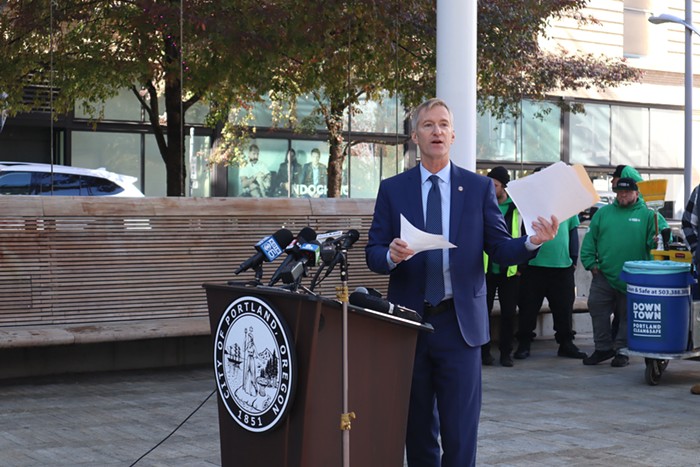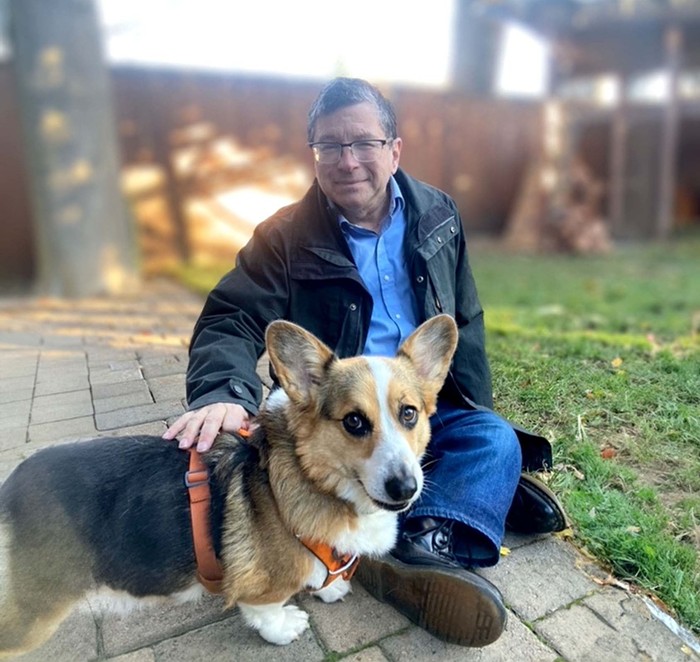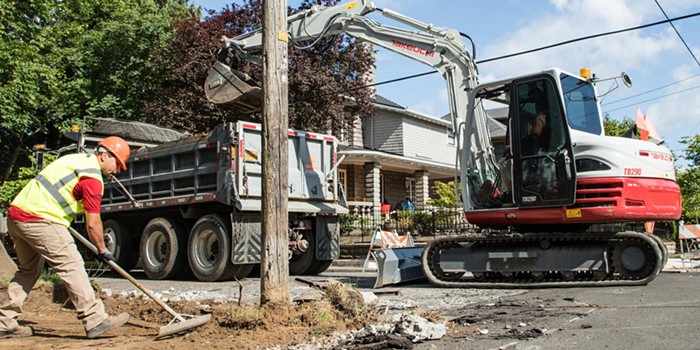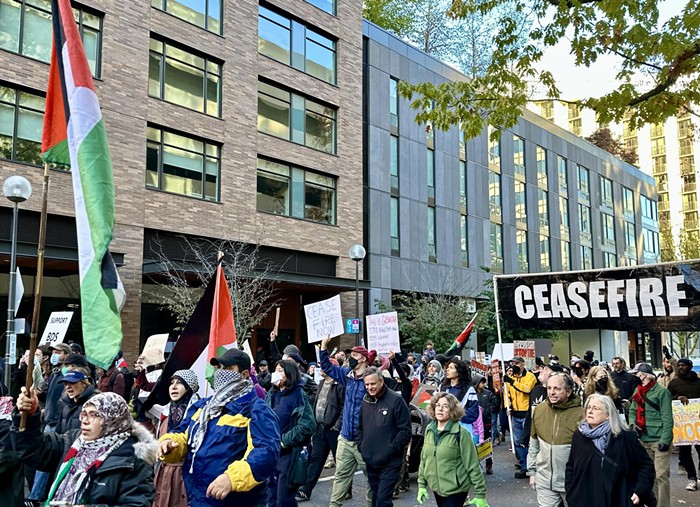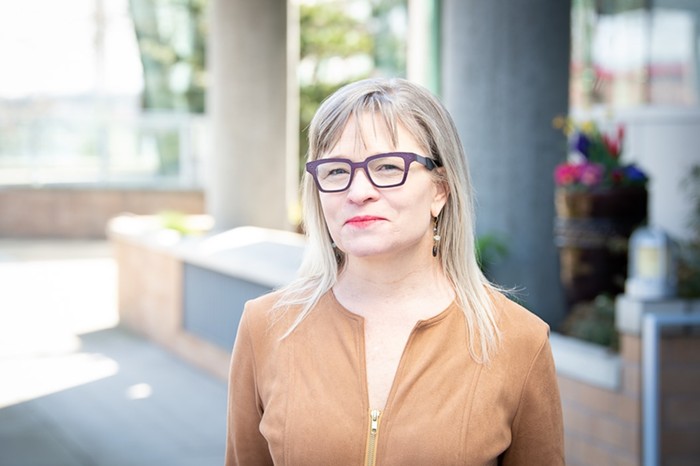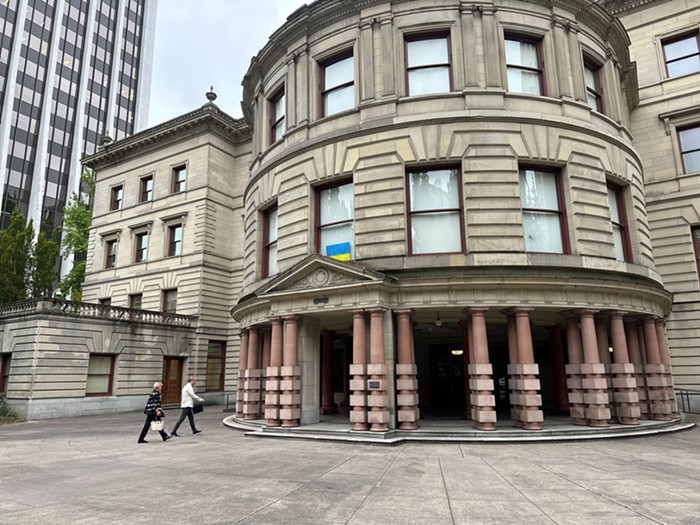It was just after 3 am on May 7 when Betty Fry’s small old house in Southeast Portland’s Sunnyside neighborhood became engulfed in flames.
The 84-year-old’s Salmon Street neighbors began frantically dialing 911. One got an operator quickly: “SE 33rd and Salmon, a house is burning down,” the panicked caller told the dispatcher, “we’re going to need an ambulance, the whole thing is fucking going up.”
A fire crew arrived about four minutes after the first call, but it was too late to save Fry (her son, who’d been taking care of her, was hurt but survived). Others tried to call 911 as well, but found there was no one available to hear their emergency.
“Numerous people in the neighborhood called 911 and there was no response,” a woman who lives across the street told a news camera on the scene that morning. “It was pretty frustrating... I finally just hung up.”
Under city policy, a 911 operator was supposed to call the neighbor to check if there was an emergency. No one ever did.
In fact, the Bureau of Emergency Communication (BOEC), which runs the city and county’s 911 center, had no record the woman’s call ever existed, despite the neighbor obtaining her own cell phone records proving she called (an investigation revealed the firefighters were already on the way).

That disconnect led the city’s ombudsman, Margie Sollinger, to discover a massive flaw in the emergency response system: If people calling 911 on a cell phone hang up or get disconnected while they’re on hold—after entering a prompt to prove it’s an intentional call instead of a pocket dial, and before an operator gets to them—Portland’s system retains no record the call occurred.
Operators can’t call you back, and they can’t figure out where you are. It’s as if the call never happened.
“A system in which vital information about thousands upon thousands of intentional emergency calls disappears undermines federal and state rules designed to ensure a seamless and reliable emergency communications system,” Sollinger’s report says. “(P)otentially thousands of presumptively intentional emergency calls each year since 2004 were neither answered nor called back.”
Portland’s shortage of 911 operators has been well documented—it often leads to minutes-long waits on hold for people trying to get help. There are usually around five or six people working the phones at BOEC at night, and between 10 and 15 during peak call hours in the late afternoon and early evening, BOEC Director Lisa Turley tells the Mercury. She says they field between 2,800 and 3,300 calls per day.
Turley says her goal is to have calls answered within two minutes. But that doesn’t always happen: There was one instance this summer where a caller waited more than 20 minutes. Ten minute waits aren’t unheard of.
24 min.... Before help is sent #911fail @MayorPDX @AmandaFritzRN @Novick4PDX @dansaltzman @CommishFish pic.twitter.com/RoGXuxcjbz
— Rob Wheaton (@RobWheaton3) August 17, 2016
And a lot of people hang up.
In 2015 alone, 18,482 intentional 911 calls from cell phones were hung up or disconnected while on hold. They never got called back, according to a report released this week by Ombudsman Sollinger, publicly exposing the problem for the first time since the cell phone screening system was introduced to BOEC 12 years ago. The ombudsman is part of the City Auditor’s Office and investigates complaints about city services. Sollinger was able to get raw data from BOEC, but records of these individual calls were lost.
The need for the screening system, introduced to BOEC in 2004, is simple: The number of accidental 911 calls from cell phones thanks to pocket dials took too much of operators’ time. So BOEC implemented what it called the “Reno Solution” (because it was cribbed from Reno, Nevada).
The XMU+ screening system Portland purchased from a Canadian company called Interalia added another step between cell phone callers and operators. Callers now have to enter a prompt, either verbally saying “911” or pressing a number. If they do so, they get in line for an operator. If they don’t, the call ends. (Calls from landlines and internet services go straight into the queue.)
The system is used in Clackamas County (“It’s one of those unfortunate evils,” the county’s 911 operations manager, Mark Spross, tells the Mercury), Washington County, and elsewhere.
And the city has praised its efficacy in the past.
“The ‘Reno Solution’ has achieved significant reductions in cell phone call processing volume with very few complaints,” according to a 2006 BOEC report. “[T]he average number of cell phone calls dropped almost immediately from 580 to 184 per day. Previously, cell phone calls made up approximately 50 percent of overall call volume. If the trend following the ‘Reno Solution’ implementation continues, this number could drop to 25 percent.”
It wasn’t until this month that it was revealed publicly that cell phone callers completely vanished from the 911 system if they were disconnected while on hold. Turley acknowledges she didn’t know of the problem until Sollinger’s investigation. But she argues the system is still valuable.
“The work involved to go and track down if that person really meant to hang up on us or if there’s an accident—you’re talking about eating minutes for every one of those calls,” Turley says. “The best we hope for is if somebody gets disconnected that they call back. We can’t do that magic they do on TV.”
In the end, the revelation that Portland was losing reams of emergency call data comes too late to make much of a difference—the current screening system is slated to go away in mere months. A new 911 system, funded by the state, is scheduled to be introduced in the spring.
“The new system promises to preserve the call back information for all intentional phone calls,” Sollinger says.
Read the ombudsman’s full report below.
